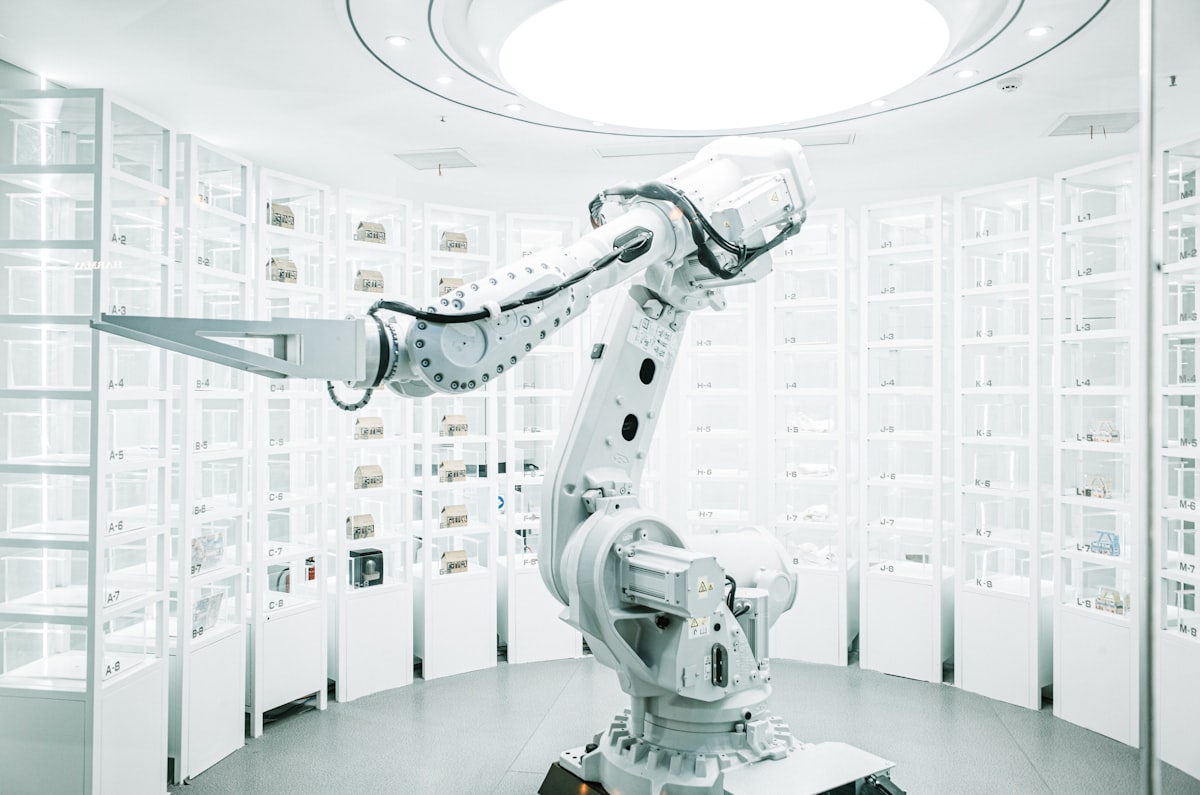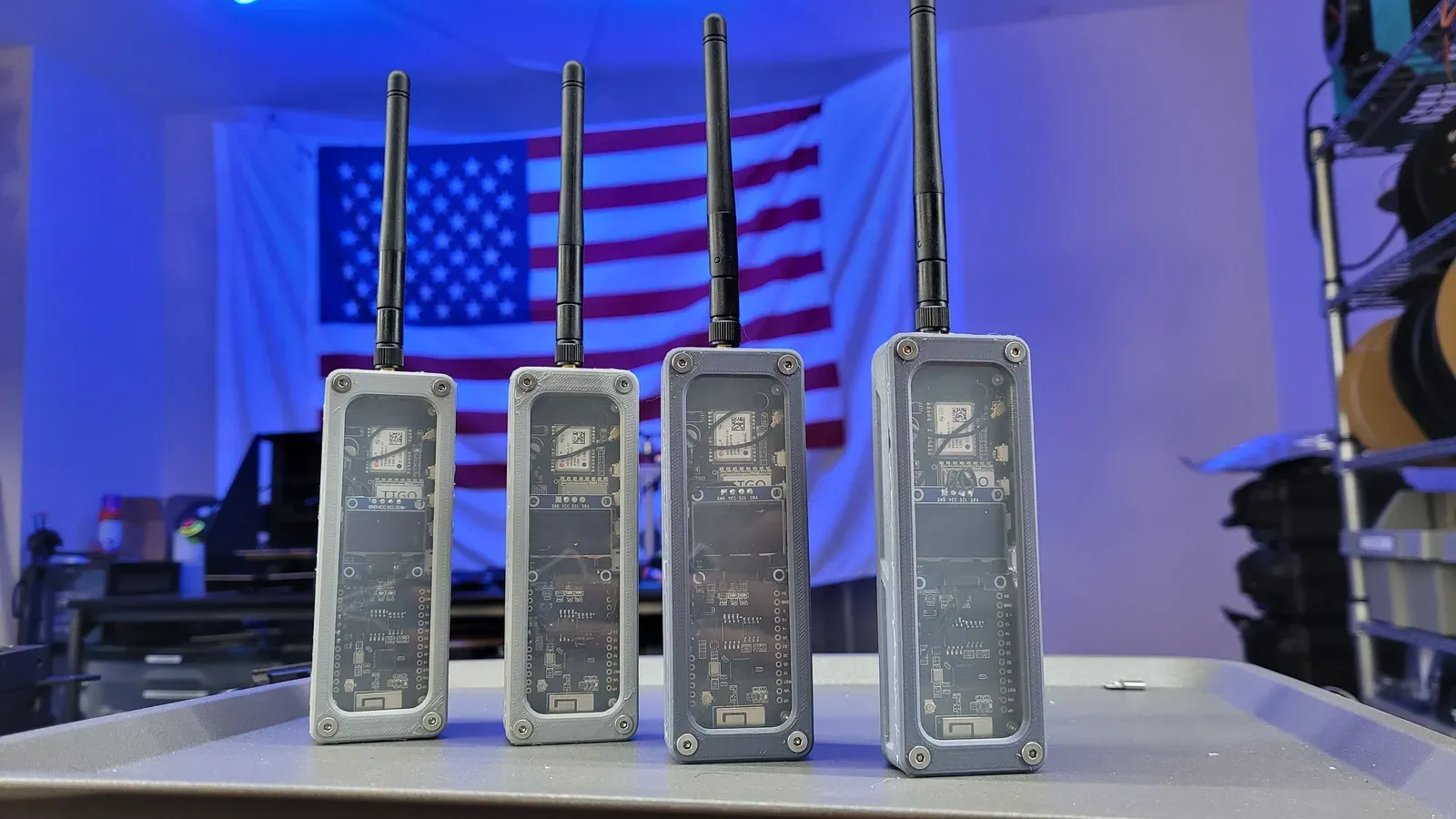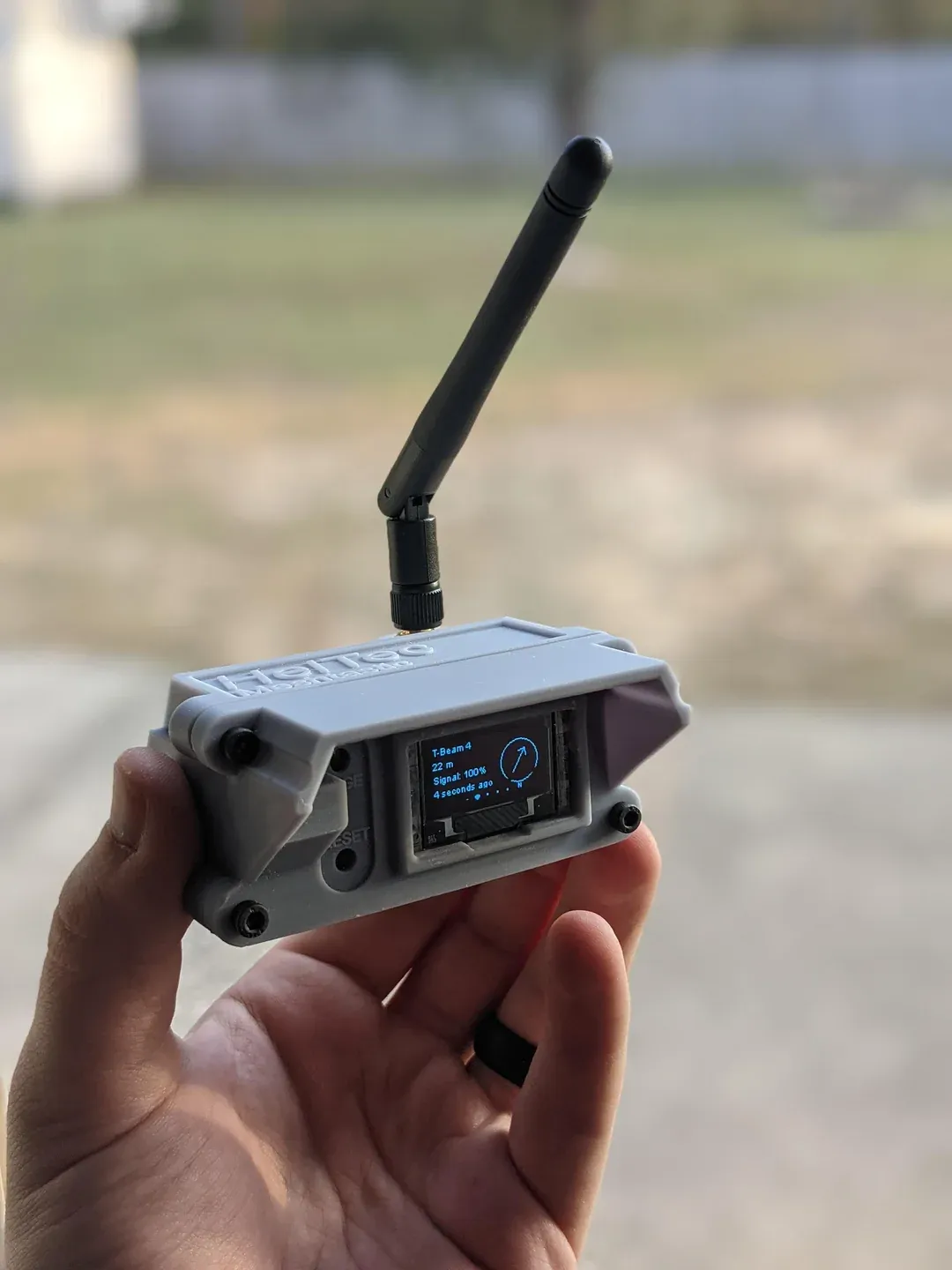Machine Learning: The Future of Technology
In today's digital age, where data is abundant and decisions need to be made swiftly, machine learning and data science have emerged as powerful tools. They enable businesses to extract valuable insights and make informed decisions.

In today's digital age, where data is abundant and decisions need to be made swiftly, machine learning and data science have emerged as powerful tools. They enable businesses to extract valuable insights and make informed decisions. In this blog post, we will delve into the world of machine learning and data science, exploring their definitions, applications, and impact on the automotive industry.
What is Machine Learning?
Machine learning is a type of artificial intelligence that allows computers to learn without being explicitly programmed. Machine learning algorithms are trained on data, and they can then use that data to make predictions or decisions. It is a transformative technology that empowers machines to automatically analyze and interpret complex patterns within datasets, leading to intelligent actions and predictions.
For example, a machine learning algorithm could be trained to predict whether or not a customer will click on an ad. The algorithm would be trained on a dataset of past clicks, and it would learn to identify the patterns that are associated with clicks. Once the algorithm is trained, it can be used to predict whether or not a new customer is likely to click on an ad.
Supervised vs Unsupervised Models
Machine learning algorithms can be divided into two main categories: supervised and unsupervised.
- Supervised learning algorithms are trained on data that has been labeled. This means that the data has been tagged with the correct answer. For example, a supervised learning algorithm could be trained on a dataset of images of cats and dogs. The images would be labeled with the correct label, such as "cat" or "dog." Once the algorithm is trained, it can be used to classify new images of cats and dogs.
- Unsupervised learning algorithms are trained on data that has not been labeled. This means that the data does not have any tags. For example, an unsupervised learning algorithm could be trained on a dataset of text. The text would not be labeled with any categories. Once the algorithm is trained, it can be used to find patterns in the data. For example, the algorithm could be used to find groups of words that are often used together.
Examples of Some Models
There are many different machine learning models that can be used for different tasks. Some of the most common models include:
Supervised Learning:
- Linear regression is a model that can be used to predict a continuous value, such as price or weight.
- Logistic regression is a model that can be used to predict a binary value, such as yes or no.
- Support vector machines (SVM) are effective for both classification and regression tasks.
- Decision trees is a model that can be used to make decisions based on a set of rules.
- Neural networks, such as convolutional neural networks (CNN) and recurrent neural networks (RNN), are widely used for various applications, including image and speech recognition.
Unsupervised Learning:
- K-means clustering is a popular algorithm used to group similar data points together based on their characteristics.
- Hierarchical clustering creates hierarchical relationships among data points.
- Principal component analysis (PCA) is a dimensionality reduction technique that captures the most important features in a dataset.
- Autoencoders are used for unsupervised representation learning and data compression.
Machine Learning Applications in the Automotive Industry
Machine learning is being used in a variety of ways in the automotive industry. Some of the most common applications include:
Self-driving cars
Self-driving cars are one of the most exciting applications of machine learning in the automotive industry. Machine learning is being used to develop the algorithms that will allow self-driving cars to navigate the roads safely and efficiently.
Self-driving cars use a variety of sensors, including cameras, radar, and lidar, to collect data about their surroundings. This data is then used by machine learning algorithms to create a model of the environment. The model is then used to make decisions about how to navigate the car safely.
Self-driving cars are still in the early stages of development, but they have the potential to revolutionize transportation. Self-driving cars could make transportation safer, more efficient, and more accessible. They could also reduce traffic congestion and pollution.
Advanced driver assistance systems
Advanced driver assistance systems (ADAS) are already being used in many cars today. These systems use machine learning to detect potential hazards on the road and to warn drivers. For example, ADAS systems can be used to detect pedestrians, cyclists, and other vehicles. They can also be used to warn drivers about lane departure and upcoming traffic signals.
ADAS systems have the potential to prevent accidents and to make driving safer for everyone. For example, a study by the Insurance Institute for Highway Safety found that cars equipped with forward collision warning systems were 27% less likely to be involved in rear-end crashes.
Product development
Machine learning is being used to improve the development of new automotive products. For example, machine learning can be used to design new parts and to test new features.
Machine learning can help to improve the quality of automotive products and to bring new products to market faster. For example, machine learning can be used to design new parts that are lighter and stronger. This can help to improve the fuel efficiency and safety of vehicles.
Machine learning is a powerful tool that is having a major impact on the automotive industry. As machine learning technology continues to develop, we can expect to see even more innovative and groundbreaking applications in the years to come.
Predictive Maintenance
By analyzing sensor data and historical performance, machine learning models can predict potential faults or failures in vehicles, allowing for proactive maintenance and minimizing downtime. Predictive maintenance helps automotive companies optimize their maintenance schedules, reduce costs, and improve overall reliability.
Predictive maintenance is a critical application of machine learning in the automotive industry. It involves using data and machine learning algorithms to predict potential faults or failures in vehicles, allowing for proactive maintenance and minimizing downtime. By identifying maintenance needs in advance, automotive companies can optimize their maintenance schedules, reduce costs, and improve overall reliability.
In conclusion, machine learning is a powerful tool that is having a major impact on our lives. As machine learning technology continues to develop, we can expect to see even more innovative and groundbreaking applications in the years to come.
We are sharing this post to help close the gap and give ideas about machine learning and data science to those who do not know a lot about it. We believe that by understanding the basics of machine learning and data science.
We hope you found this post informative and helpful. If you have any questions, please feel free to comment down below.




